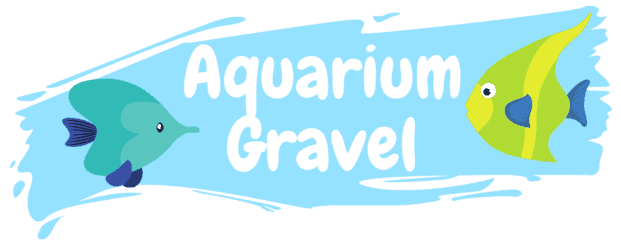Last Updated on May 22, 2021 by cmoarz
Red-eared sliders are one of the most popular types of turtles in the pet trade. There are many different reasons for this, but it mostly has to do with their hardy nature and relatively low cost. However, what is not so well known about these great pets is what they need to eat in order to stay healthy and happy! In this article, we will discuss some of the basic dietary requirements that red-eared slider turtles have, as well as what you should avoid feeding them.
What do red eared sliders eat?
Table of Contents
Plants: Red-eared sliders are omnivores, which means that they eat both plant and animal matter. They should get a diet high in plants, but also some protein to create a healthy balance of nutrients for the turtle’s body. This can be accomplished by feeding them worms or insects as well as commercial pellets designed specifically for red-eared slider turtles. Avoid giving your pet any table scraps from your plate!
Here is a list of plant’s that your turtle can safely eat:
- Any collard greens
- Any green beans
- Apples, oranges & strawberries (limit the amount, its a treat only)
- Most vegetables, avoid peppers and onions and garlic and such like you would with most animals
You can also feed your turtle aquatic plants that you grow in their own habitat. Here’s a list of some of those plants:
- Anacharis
- Water lettuce
- Hyacinths
- Pennywort
- Egeria densa, also known as Brazilian waterweed.
- hyacinth
- duckweed
- azolla
And there’s many more! Always be sure to do background checks on the plants before you give them to your slider just to be sure it’s not poisonous to her.
Protein: As is mentioned above, red-eared sliders need more protein than other types of pets because their growth rate is faster (around three times faster!). It’s important that you feed them something with at least 20% protein content if possible. The easiest way to do this would be to buy pellets that have been designed for red-eared sliders. If you can’t find these, then a good substitute would be to feed them earthworms and bugs – they’re high in protein!
Here are some of the feeder insects you can feed red-eared sliders:
[Note: You should never feed your turtle wild bugs, Find a reputable feeder breeder]
- crickets
- mealworms, super worms
- roaches
- grasshoppers
- caterpillars
- isopods
- wax worms
- silkworms
- shrimp
- bloodworms
- Krill
Some of these may be too large for smaller turtles or baby turtles, so be sure to get the appropriate-sized feeder insect for your red-eared slider.
A quick rule of thumb is that most insects will need to be chopped into small pieces before you give them to the turtle, and this may also be a good time to add in some calcium supplement with vitamin D as well.
Your turtle will also enjoy the occasional snack of:
- Snails
- Other small prey fish
What else?
Alongside fresh fruits, veggies, and bugs, Your turtle will likely need to be supplemented with turtle pellets.
They can be found at any pet store, and are a good source of nutrients like calcium.
You should be sure you are actually getting pellets specifically made for turtles as they have different nutritional needs than other pets.
Calcium and Vitamin D3 will also need to be added to food as needed. You have an option of adding a cuttlebone to the enclosure as it will help supplement the turtle’s calcium needs.
Thing’s not to do!
Don’t try and catch prey in the wild for your turtle to eat, it could contain parasites or pesticides which are very dangerous to your turtle.
Don’t feed them anything with sugar in it, these can cause serious health issues and might even lead to obesity. The only exception is the occasional fruit as a treat.
If you intend to feed your turtle any type of feeder fish, do not freeze them beforehand. Give the turtle fresh fish as frozen fish destroys much of the vitamin B1.
Don’t give your turtles raw meat such as beef or chicken.
Do not put cooked chicken or beef in their aquarium/habitat as it will foul quickly. You really shouldn’t feed them much of this anyway – But if you do on occasion, do it in a feeder tank.
About
Owner of AquariumGravel.com and also owner of actual Aquarium Gravel believe it or not! ;). Setting up beautiful aquarium sceneries and habitats since I was very young. Enjoy!
- Web |
- More Posts(290)

